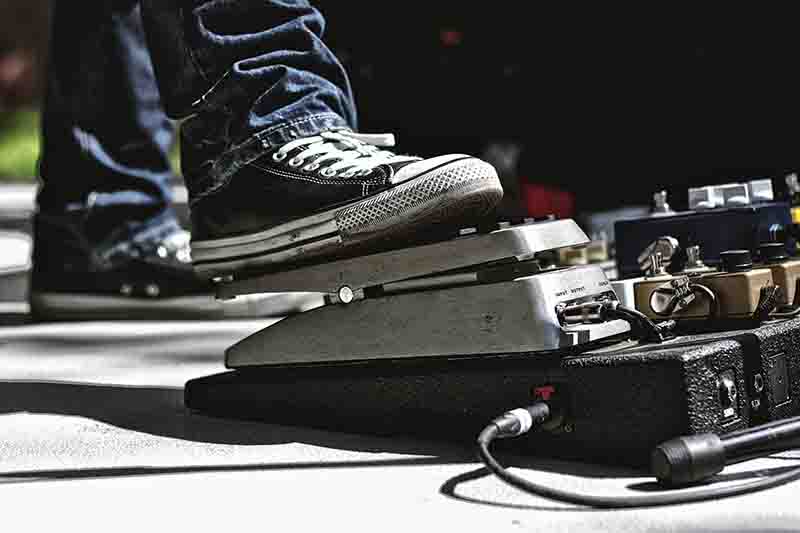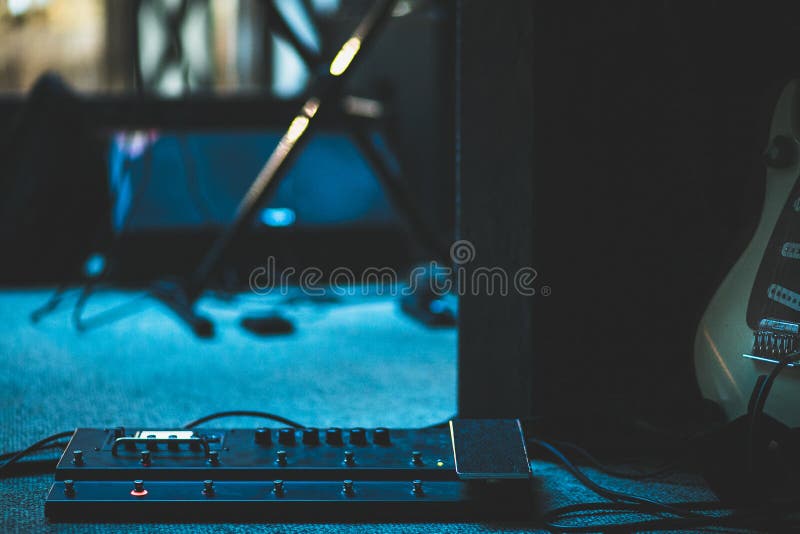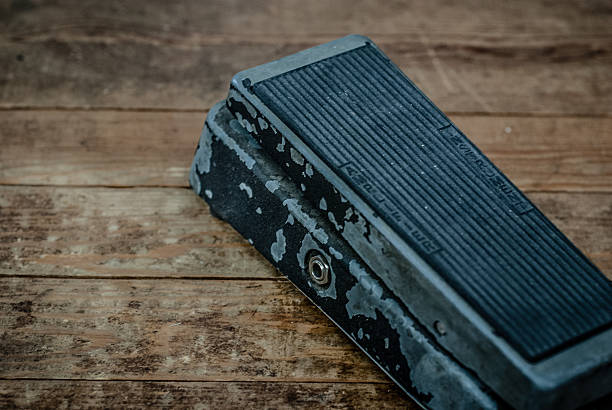How to Optimize Your Guitar Pedal Order

Guitar pedals are one of the most popular hobbies for any player -- but if you don’t know how to organize your pedals, you won’t be able to take advantage of their best tones.
This guide walks you through all of the different categories of pedals. It also tells you where each group should go in your signal chain, so you have a quick idea of where to put each effect. At the end of the day, it’s up to you to determine the “best” tone, but with these tips you can find classic tones and minimize unwanted noises.
Wah
Most players use their wah pedal at the front of their signal chain, so it doesn’t get impacted by distortion and other effects coming after it. This gives your wah a cleaner sound with more dynamic range.
However, if you want to go against the grain, placing your wah after your overdrives can create some funky, unexpected tones. Tom Morello is a notable proponent of this strategy.
Compressors and Drives
After wah pedals, you’ll usually find compressors and drive pedals. Compressors need to go towards the beginning of your pedal chain. They can increase the noise from pedals before them in your chain, which is a recipe for disaster with noisy drive pedals placed before your compressor.

Overdrive and distortion pedals also go towards the start of your signal chain. Many dirt pedals react poorly to modulated sounds on the input, so keeping them here gives them a smooth, clean signal to work with.
Sometimes you’ll want to give up the guitar. You’ll hate the guitar. But if you stick with it, you’re gonna be rewarded. –Jimi Hendrix
Check out our No.1 recommendation for learning guitar here.
Modulation
Modulation pedals affect the “warble” and phase of your signal, with effects like chorus and flanger creating dreamy, otherworldly sounds. These pedals work best after compressors and drives, because they take advantage of the extra harmonics those pedals bring to the mix.

Placing your modulation pedals at the very end of your chain -- after reverb and delay -- can also yield some interesting results. Sometimes, the modulation can create a large wash that’s perfect for ambient music.
Reverb and Delays
These pedals generally go last, so they don’t create artefacts feeding into other pedals. Delay sounds great with distortion and modulation, and helps your guitar take up more space in a mix.
Reverb generally goes at the end of your effects, so it can give your final tone a sense of space and depth. A nice hall reverb placed lastamong your effects is a good way to quickly inject some grandeur into your tone.
EQ and Volume
These pedals should come last in your chain, so they can affect everything before them. Using a volume pedal at the very end will make it function like a quick killswitch in case you get unwanted feedback from somewhere else in your pedalboard.
Using an EQ pedal here is also a good way to make quick adjustments to your sound. If you notice any frequencies dominating your mix, you can cut them down with a quick adjustment to the sliders. Altering your EQ curve can also accentuate the unique characters of some of your pedals.
Conclusion
These tips are a quick and easy way to get great sounds out of your pedalboard. However, ultimately it’s up to you to decide where to put each of your pedals. Use these tips as a guide, and experiment with other adjustments to find out which order you like the best.
Check out these other Blogs we recommend for How to Optimize Your Guitar Pedal Order.
1.musiciansfriend.com
How to Get the Best Out of Your Guitar Effects: Optimum Pedal Order







